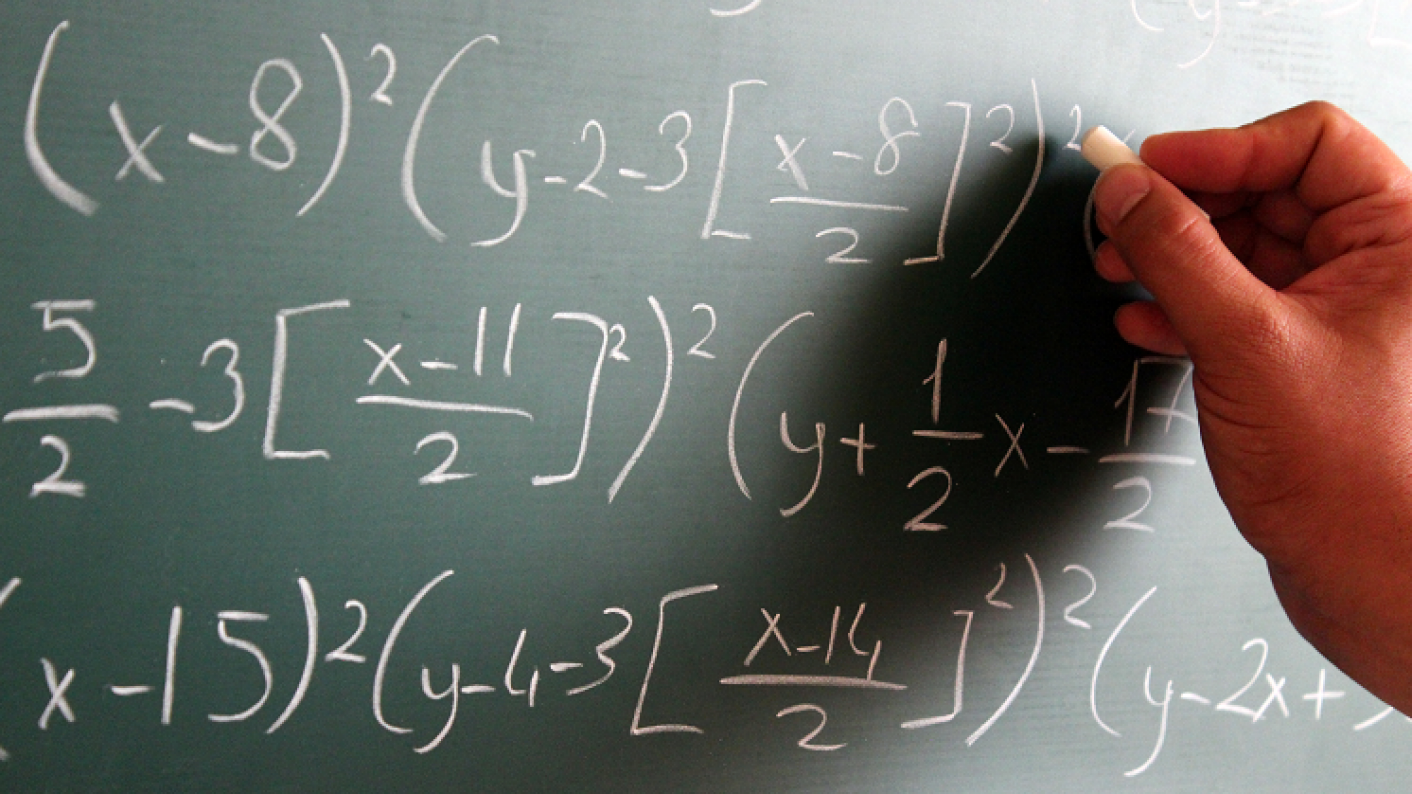In 2014, all states and territories began to implement Foundation to Year 10 (F-10) Australian curriculum, including the mathematics syllabus. While it was written by the Australian Curriculum Assessment and Reporting Authority (Acara) for the purpose of having a nationwide, unified syllabus, it has been the role of the states and territories to work with their schools to implement the curriculum. To understand how the relationships between various governing bodies and schools lead to an educational outcome for students, we must first examine the aims and contents of the mathematics syllabus.
The aims of the mathematics syllabus are to ensure that students:
- are confident, creative users and communicators of mathematics, able to investigate, represent and interpret situations in their personal and work lives and as active citizens;
- develop an increasingly sophisticated understanding of mathematical concepts and fluency with processes, and are able to pose and solve problems and reason;
- recognise connections between the areas of mathematics and other disciplines and appreciate mathematics as an accessible and enjoyable discipline to study.
Learn more:
- Find mathematics teacher jobs
- Everything you wanted to know about Acara and the national curriculum
- Everything you need to know about the science syllabus
The syllabus works to achieve these aims through the teaching of various strands; both content strands and proficiency strands.
Content strands
The F-10 mathematics syllabus is comprised of three content strands; number and algebra, measurement and geometry and statistics and probability. Each content strand has two to six sub-strands that are implemented and developed at various stages from Foundation to Year 10 (see table one below). Together they outline what is to be taught and learned.
Table one – Content strands and sub-strands (and when they are implemented and developed from F-10)
| Number and algebra | Measurement and geometry | Statistics and probability |
| Number and place value (F–8) | Using units of measurement (F–10) | Chance (1–10) |
| Fractions and decimals (1–6) | Shape (F–7) | Data representation and interpretation (F-10) |
| Real numbers (7–10) | Geometric reasoning (3–10) | |
| Money and financial mathematics (1–10) | Location and transformation (F–7) | |
| Patterns and algebra (F–10) | Pythagoras and trigonometry (9–10) | |
| Linear and non-linear relationships (7–10) |
The F-10 mathematics syllabus contains four proficiency strands; understanding, fluency, problem-solving and reasoning. These describe the actions that students will engage in when working mathematically within the content. Content strands answer the question of “what mathematics are we learning?” whereas proficiency strands answer the question of “how are we doing mathematics’.
The proficiency strands
Understanding
The main focus in the understanding strand is that knowledge is transferable and adaptable to unfamiliar situations. When introducing new content, teachers should focus on making connections between related concepts. Understanding is developed by students interpreting and representing concepts in different ways.
Fluency
This strand involves the student recalling concepts and facts readily, choosing appropriate methods and executing procedures efficiently.
Problem-solving
To demonstrate this proficiency strand, students must be able to investigate and interpret mathematical situations, apply problem-solving strategies and verify their solution.
Reasoning
This strand requires the students to clearly explain their mathematical thinking, to reason and to logically justify their responses. They must evaluate their approaches and conclusions.
The Australian curriculum provides year level descriptions for the four proficiency strands but these do not contain enough detail to make a judgement on a student’s performance. Acara provides work sample portfolios that illustrate three levels of achievement (above satisfactory, satisfactory and below satisfactory) to demonstrate evidence of student learning in relation to those achievement standards. It is the role of state authorities to provide standard elaborations that offer additional clarity so that teachers can make judgments on a five-point scale (A-E).
The Australian curriculum also provides content elaborations that assist teachers to develop a common understanding of the content but they are not comprehensive either.
In addition, Acara does not prescribe approaches to teaching and many states/territories may choose to implement the curriculum differently, usually depending on senior schooling needs. Additionally, many independent schools may also decide to implement the curriculum differently depending on their beliefs, values, philosophy or culture.
Beyond Year 10, the individual states and territories have the responsibility of writing and implementing the curriculum, managing the accreditation and assessment of the subjects and of creating a system to determine a student’s tertiary entry score and/or Senior Secondary Certificate of Education. This means that the senior syllabi can vary widely from state to state in terms of both content and assessment.
In recent years, some efforts have been made by the states to align more closely. For example, Queensland will introduce newly written syllabi and begin a new senior assessment and tertiary entrance system with students entering Year 11 in 2019. This system will use external assessment as well as school-based assessment (unlike the current system that uses solely school-based assessment). The current mathematics syllabi of Pre-vocational Mathematics, Mathematics A, Mathematics B and Mathematics C will be replaced by Essential Mathematics, General Mathematics, Mathematical Methods and Specialist Mathematics.
Sign up for job alerts to make sure you don’t miss out on your dream job
